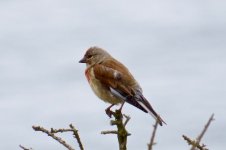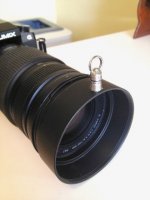I saw some Japanese Birder / photographers with devices attached to the view finders of 1DX and 5DIII cameras that seemed to get them quickly on a bird even with a long lens and focusing through lots of branches.
A quick google didn't find anything - any info and thoughts on usefulness of such devices appreciated. I have to admit that finding an Antpitta or Tapaculo through some vegetation I found really tricky early on in a holiday although after a few days I did tend to get my eye in.
A quick google didn't find anything - any info and thoughts on usefulness of such devices appreciated. I have to admit that finding an Antpitta or Tapaculo through some vegetation I found really tricky early on in a holiday although after a few days I did tend to get my eye in.







